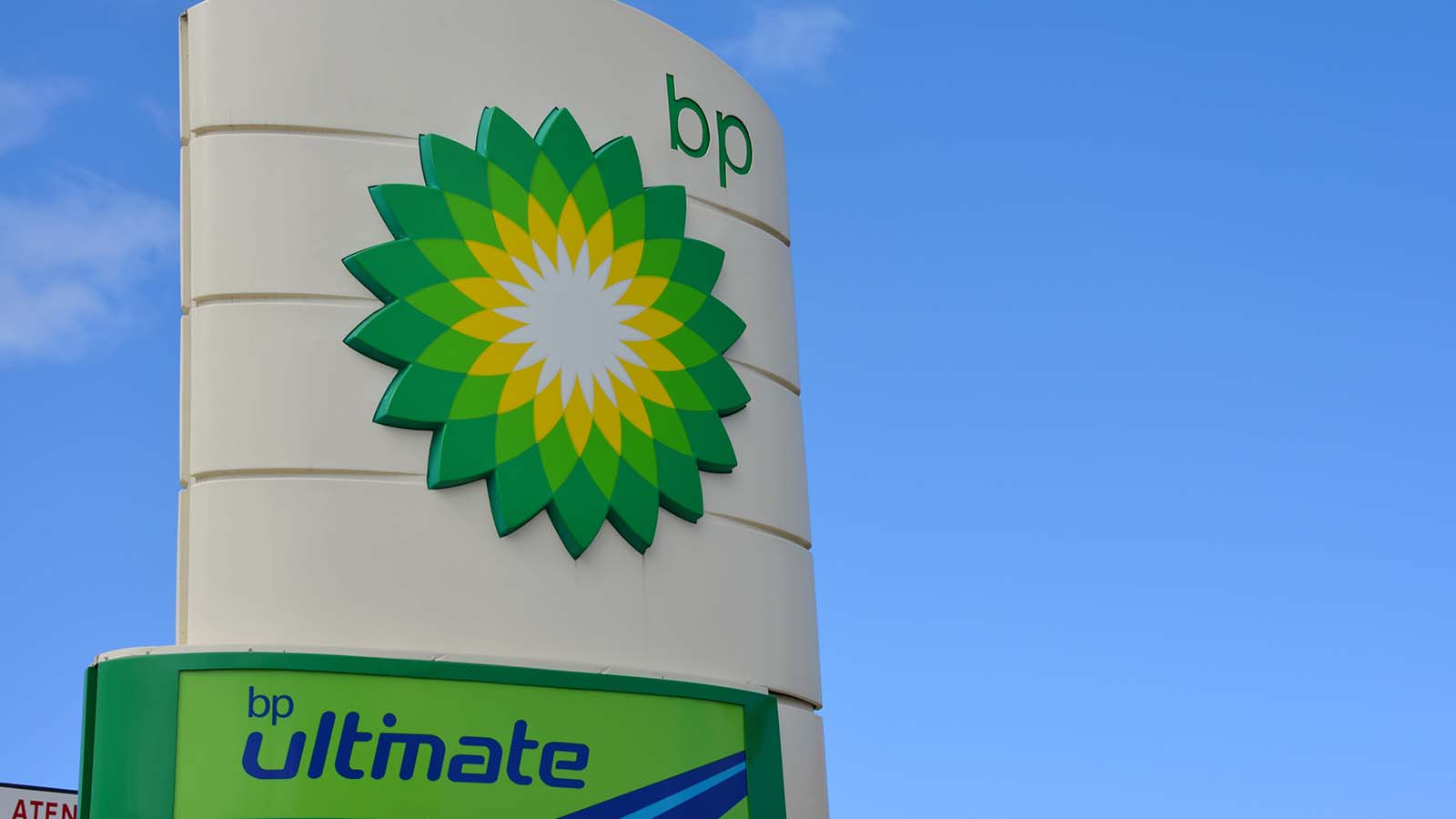To put it delicately, the oil mayhem is dominating the oil market this year, taking equities such as BP (NYSE:BP) along for the ride. BP stock is lower by 37% year-to-date as the United States Brent Oil Fund (NYSEARCA:BNO) – much of the company’s output is priced in Brent – is off a staggering 70%.
What ails BP stock and shares of its brethren isn’t just low oil prices. It’s a muddied outlook as to when to demand will return to reasonable levels that make drilling worth it. Yes, BP has onshore exposure – plenty of it. And yes, it’s cheaper to drill in shale patches than it is offshore, but at this point, where BP’s oil is produced – or where anyone’s oil is produced for that matter – is of little consequence. There simply isn’t demand to absorb supply.
In what feels like an eternity ago, BP CEO Bernard Looney said in February the company’s 2021 free cash flow targets point to a breakeven rate of $40 per barrel while CFO Brian Gilvary said BP’s breakeven rate for this year was probably in the mid-$50s.
What “breakeven” means here is the price at which a producer needs oil to reside for it to not lose money on that output. Yikes. Brent crude closed around $21 per barrel on April 27.
Change Isn’t Just Coming. It’s Already Here
I’ll stop short of comparing change in energy production and consumption with something like cell phones replacing landlines or Microsoft’s (NASDAQ:MSFT) Windows replacing whatever the old, clunky IBM (NYSE:IBM) operating system was. But the reality is change is afoot in the energy field, it’s seismic and it’s not good for traditional fossil fuel producers.
As just one example, the International Energy Agency recently released a report indicating that in 2019, more power was produced from renewable sources (solar, wind, etc.) than from coal. For those that need a bit more convincing, consider the following:
“The advent of electric vehicles and the growing pressures to decarbonise the transportation sector means that oil is facing significant competition for the first time within its core source of demand. This has led to considerable focus within the industry and amongst commentators on the prospects for peak oil demand – the recognition that the combined forces of improving efficiency and building pressure to reduce carbon emissions and improve urban air quality is likely to cause oil demand to stop increasing after over 150 years of almost uninterrupted growth.”
Spoiler alert: that quote comes directly from BP’s website. I’m not piling on BP here. These trends affect the likes of Exxon (NYSE:XOM), Chevron (NYSE:CVX) and many more.
Sure, there will always be some demand for oil. It’s needed for asphalt, golf balls, tires and more. And hey, airlines are terribly unimaginative in their business practices, meaning there are no signs of an alternative to petroleum-powered jets. However, the bad news is that industry, like oil, is being blasted by the novel coronavirus pandemic with little indication as to when “normal” is returning or if it ever will.
The Bottom Line on BP Stock
With a dividend yield of 9.8%, it’s easy to see why investors may find BP stock tempting here. The payout is probably defensible for this year, but there are some moving parts here.
First, the company already pledged to slash spending by $15 billion, meaning there’s not much more wiggle room for conserving capital, if need be, to sustain the dividend. Second, rosy assumptions by European oil majors seem to be revolving around a $40 per barrel average for the rest of 2020.
Ask yourself this before being seduced by the BP yield: against a weak demand backdrop, what are the chances Brent prices almost double this year? The odds are long.
Todd Shriber has been an InvestorPlace contributor since 2014. As of this writing, he did not hold a position in any of the aforementioned securities.

